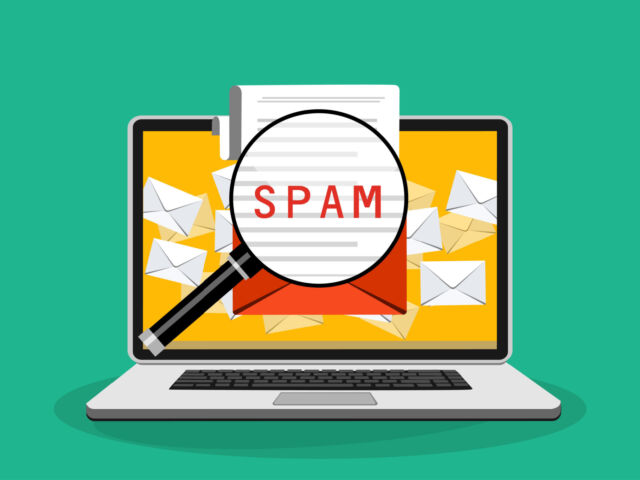Healthcare providers often warn their patients against Googling a new diagnosis. That’s always a losing battle–by 2011, 80 percent of Internet users were going online to find medical information. Even more than knowledge, patients and caregivers crave connection and empathy. And healthcare influencers are right there to help them with trustworthy content, relatable blogs and carefully managed support groups and message boards.
Influencers (sometimes known as key opinion leaders [KOLs], digital opinion leaders [DOLs], or digital ambassadors) have been a hot topic in digital marketing for the past few years, but influence marketing is as old as the royal stamp of approval. In a nutshell, influence marketing means identifying the most critical and credible people, rather than an entire possible audience, and then working with those people to change the greater audience’s beliefs or behavior by sharing specific messaging. Digital influencers are ranked on various websites, and they can also be found by following hashtags and shared content. Influencers have different motivations, as shown in this infographic, but what they have in common are the three R’s: reach, resonance and relevance. Think of influencers as a megaphone for messaging.
You might assume that the loudest voices are the best for any message, but think again. The social media stars of Instagram, Twitter, Facebook and YouTube—with more than 1 million followers and what can seem like 1 million hashtags for every post—can occasionally drive advocacy and awareness, especially when they share their own personal stories about a health condition. But with a few exceptions, like the Mayo Clinic (1.88M followers) or WebMD (3.08M followers), these mega-influencers aren’t experts in healthcare. In fact, they can do real damage by spreading misleading information and breaking FDA regulations. (e.g. Kim Kardashian) And even though they have a huge reach, only about 2 to 5 percent of their followers engage with each post, so they certainly can’t provide the authentic relationships and the sense of community that patients and caregivers want to find online.
Fame isn’t everything: It turns out that credibility and credentials matter a lot more than celebrity and follower count. Macro-influencers (sometimes called power influencers), who have 10K to 1M followers, boast somewhat higher engagement—about 5 to 25 percent per post. These are the journalists, professionals and national healthcare organizations like the American Academy of Pediatrics (74.2K followers). But it’s the micro-influencers, with the most specific topics and most reliable information, who are likely to be healthcare influencers, and they’re also the ones who are best positioned to boost any marketing strategy. Micro-influencers have far fewer followers (under 10K), but their devoted followers actually follow through: 25 to 50 percent engage with each post.
The big difference between healthcare influencers and other types of influencers is their focus on education, not promotion. They are more likely to be experts in their field or have personal knowledge of a medical condition, strictly adhere to federal regulations and ethical guidelines and engage followers on a personal level. They work hard to maintain their followers’ trust, and they thoroughly vet content to make sure it will resonate with their objectives and their strong social communities. So you might say there are five R’s for healthcare influencers: reach, resonance, relevance, reliability and responsibility.
In healthcare, influencers are so much more than lifestyle promoters. They are often life changers: sharing their knowledge or stories, making connections, opening their hearts and helping patients. They may be patients, caregivers, researchers or healthcare professionals. And they aren’t just online; they can be found leading support groups in hospitals, lending their voices and stories to campaigns, promoting research and clinical trials and giving presentations.
Working with influencers comes naturally to dermatologists, plastic and reconstructive surgeons and esthetic dentists. Influencers—especially the healthcare professionals themselves—are absolutely necessary to promote these services and products. Between privacy concerns, ethical guidelines and FDA regulations, other healthcare providers have sometimes shied away from influencers, but now influencers are a must-have for any healthcare marketing strategy. And a recent article declared that healthcare is best positioned to set the example of how influencers should be working. The end result is increased trust, education and advocacy, not brand promotion.
When you pair up with healthcare influencers, it’s a win-win. Together you can make sure that patients are getting the most reliable, up-to-date information about their health, as well as the social support they need to find their way. And if some of these patients find their way to your practice, that’s an added bonus.
We Are Here to Help
Let us help you navigate the healthcare influencer landscape. Contact Points Group today.


